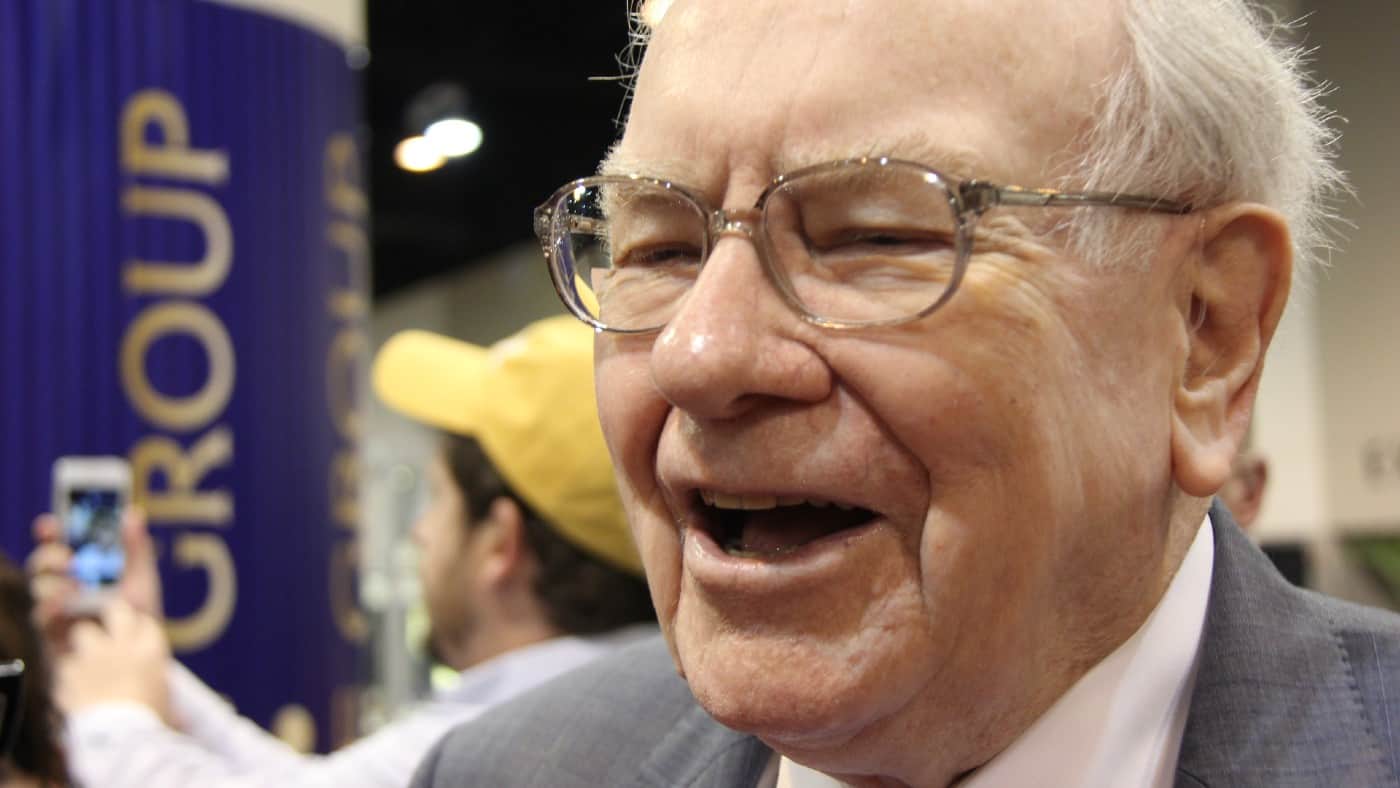Image source: Getty Images
Fancy becoming a stock market millionaire? A lot of people do. But to aim for a million takes more than just dreams. It needs a plan.
Rather than investing in dozens of different companies and hoping one becomes the next Tesla or Nvidia, my own approach would be simple and focused. I would stick to barely more than a handful of already established, well-known businesses.
Here’s why.
Long-term outperformance
Imagine that you could invest in 100 companies that, over time, produce a compound annual return of 5%. Or you could invest in the 20 best of those companies, producing a compound annual return of 10%. Or you could invest in six of those companies, producing a compound annual return of 20%.
What would you do? Put like that, the answer seems obvious.
The numbers are even more revealing. Putting £1,000 a month into shares to aim for a million, the 20% compound annual return would hit the target in 16 years. Compare that to the 24 years (meaning more years of contribution) for the 10% portfolio and 34 years at 5%.
Picking winners
I still think that is quite impressive, by the way. Putting £1,000 into a portfolio compounding at just 5% annually could make me a millionaire in 34 years.
But, understandably, I’d prefer the 16-year option. By weeding out the weakest performers, all of my money will be put into the shares that deliver me the strongest returns.
That is fine with the benefit of hindsight. But a 20% annual compound return is a Warren Buffett level of performance. Few investors consistently manage it.
How could I select those potential star performers now, before I know what happens to them in the future?
Looking for winners
Some investors do it. After all, investing is all about making a judgement today about what something will be worth in future, based on available knowledge and some assumptions.
I would stick firmly to business areas I feel I understand and can assess. I think long-term star performers in the stock market share some common characteristics.
So to illustrate what I would look for, I choose Microsoft (NASDAQ: MSFT) as my example.
My first focus is for a large market of possible customers, now and in the future. In the 1980s and even more so today, it was clear that computing was going to experience high demand.
Next I look for a company that has a product, service or other things that help to set it apart from competitors. In the case of Microsoft it has plenty, notably its ubiquitous Windows operating system.
Great companies usually have a business model that can generate huge profits.
Think about Microsoft. Having already paid programmers to code Windows, the marginal cost of each new sale is very low. There are risks in that business model as Microsoft could invest billions buying AI companies without ending up with a compelling product, for example. Its mobile phone business was like that.
But if I could buy only into a few businesses with amazing characteristics, when their share prices are attractively valued, it seems more realistic to aim for a million!
Credit: Source link






![Just released: our 3 top income-focused stocks to buy in January [PREMIUM PICKS]](https://www.fool.co.uk/wp-content/uploads/2023/04/Three-fingers-1200x675.jpg)




